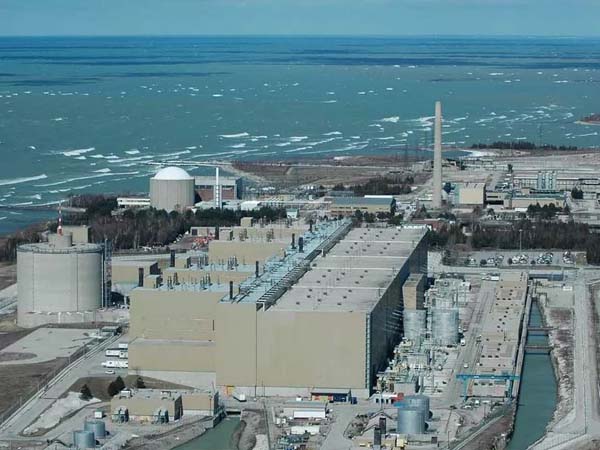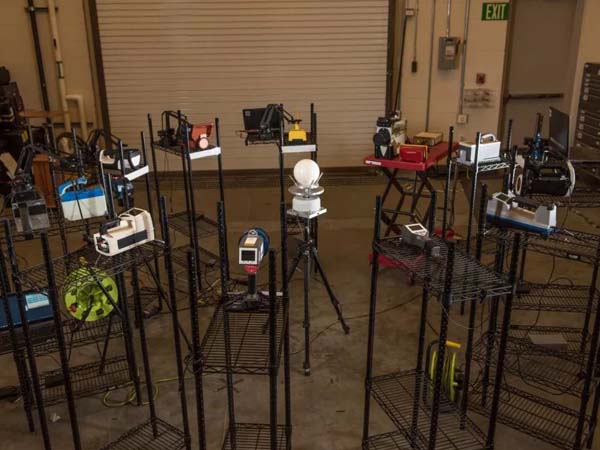Radiation Detector Technology Has Made Important Progress, Helping To Strengthen Global Nuclear Safety!
Guide
According to a recent report from the American Institute of Physics (AIP) official website, physicists at the University of Florida and the Pacific Northwest National Laboratory launched research to improve global nuclear safety by improving radiation detectors. According to them, improving radiation detectors requires finding better sensor materials and developing smarter algorithms to process the signals.
Background
Nuclear power plants can not only withstand extremely bad weather, but also emit no greenhouse gases.

Canadian Bruce Nuclear Power Plant (Image source: Wikipedia)
However, despite the continuous improvement of safety technology, the transportation of nuclear materials to provide fuel for nuclear power plants is still a serious issue that needs to be taken seriously.
Innovation
Recently, two physicists Paul Johns and Juan Nino of the University of Florida and the Pacific Northwest National Laboratory conducted research to improve global nuclear safety by improving radiation detectors. According to them, improving radiation detectors requires finding better sensor materials and developing smarter algorithms to process the signals.

Emerging semiconductor sensors can improve the equipment used to detect and identify radioactive materials. (Source: Pacific Northwest National Laboratory)
They discussed their work in the Journal of Applied Physics published this week by the American Physics Association.
Technology
Johns said: "End users of radiation detectors do not need a physics background to make judgments based on input signals. The algorithms used for energy stabilization and the identification of radioisotopes by gamma ray spectrum are the key to making reliable and practical detectors. Sensors Can provide better signal resolution, and the algorithm can more accurately notify users of the radiation sources in their surroundings."
At present, a single radiation detector cannot be perfectly applied to every application scenario. Size, signal resolution, weight, and cost are all influencing factors, so designing an ideal detector has proven to be a major challenge.
Hans and Nino tested a series of compounds that can be used in room temperature semiconductor detectors and found a few main candidates. This room temperature semiconductor detector does not require the sensor to be cooled to a low temperature to function properly. In selecting these compounds, the authors of the thesis considered the cost, practicality, and efficiency of each of them.
After evaluating more than 60 candidates for semiconductor compounds, the authors of the paper concluded that organic-inorganic hybrid perovskite (a mineral composed mainly of calcium titanate) has the most potential among these compounds.

Schematic diagram of the perovskite crystal structure (Image source: Wikipedia)
Hybrid perovskite can be easily synthesized and grown from solution in just a few hours to a few days, while manufacturing traditional sensors takes weeks or months. Their cost efficiency, yield, and productivity convince the authors that if the stability can be improved, these compounds will be at the forefront of room temperature semiconductor detector research.
Value
Johns said: "Preventing the harmful use of radioactive materials is an important challenge for global nuclear safety. Equipping law enforcement and emergency personnel with the best radiation detectors is the key to detecting, identifying and ultimately preventing radioactive threats."
In order to prevent the acquisition and use of nuclear terrorism and weapons of mass destruction, radiation sensors must be continuously updated. Johns and Nino hope to strengthen global security by improving semiconductor compounds at room temperature.